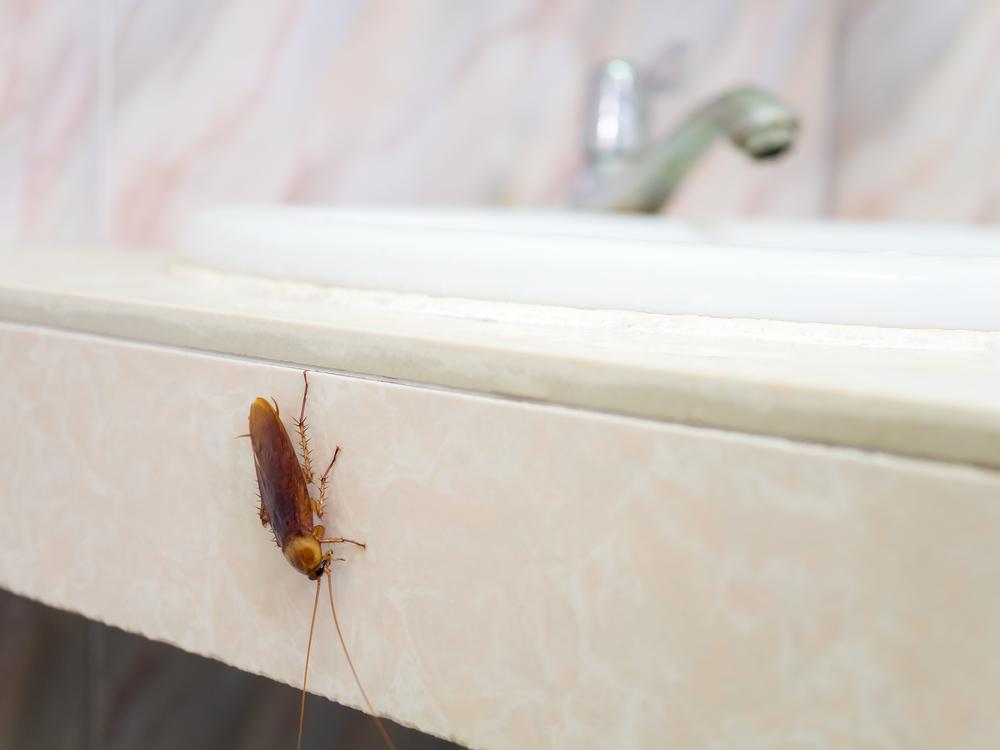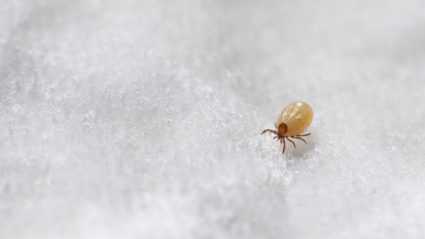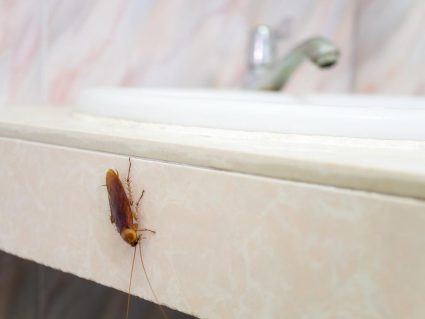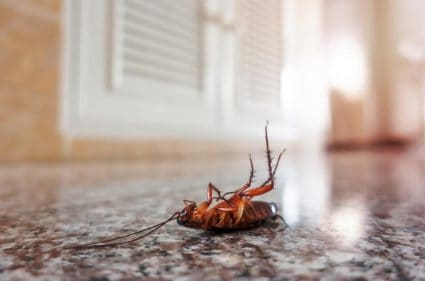
In the world of do-it-yourself pest control, there are many tips and tricks that circulate, promising to rid your home of unwanted guests. One such method that has gained attention is the use of flour to kill roaches. But does it really work? Let’s delve into the science, effectiveness, and potential risks of using flour as a roach killer.
Flour itself does not kill roaches, but it can be used as an attractant in homemade roach-killing solutions. When mixed with lethal ingredients like boric acid or baking soda, flour can help to lure roaches into consuming these deadly mixtures. However, these homemade solutions may not be as effective as commercial roach killers, especially for larger infestations.
What is the Role of Flour in Killing Roaches?
Flour itself does not kill roaches. However, it can be used as an attractant when mixed with other ingredients to create a homemade roach bait. Roaches are attracted to flour and other wheat-based products, making it a potential base for home remedies.
One common method is to mix flour with boric acid, which is lethal to roaches. The flour attracts the roaches, and the boric acid kills them. Another method is to mix flour with baking soda and sugar. The sugar attracts the roaches, and the baking soda causes their stomachs to burst when they drink water after ingesting the mixture. You can even create bait balls by mixing flour, boric acid, grated onions, and water or milk.
Scientific Evidence Supporting Flour’s Effectiveness
Scientific evidence supporting the claim that flour can kill roaches is limited. However, there is some evidence suggesting that baking soda, which is different from flour, can be used as a home remedy to kill roaches when mixed with sugar. The sugar acts as bait, and when ingested by a cockroach, the baking soda reacts with water to form carbon dioxide gas in the roach’s stomach. The gas builds up pressure, eventually killing the cockroach. One study found that baking soda and sugar were approximately as effective as boric acid when fed to cockroaches under laboratory conditions, but it is unclear if these results would hold up in real-life scenarios.
Potential Side Effects and Risks
While these homemade solutions can be effective, they may not be as efficient as professional pest control methods. Furthermore, there are potential side effects and risks associated with using these substances. Boric acid, for example, is toxic to roaches but can also be harmful to humans and pets if ingested or if it comes into contact with skin. Long-term ingestion of boric acid can result in vomiting, nausea, diarrhea, stomach pain, headaches, fever, tremors, twitching, lack of energy, and weakness. Skin rashes, peeling, and ulcers have also been reported.
Baking soda, when used as a roach killer, can cause the roaches’ digestive systems to burst, as they cannot release gas. While baking soda is generally considered safe for humans and pets, it is still important to use caution when handling and applying it to avoid ingestion or inhalation.
Comparing Flour with Other Roach-Killing Methods
In comparison to commercial products or other home remedies, using flour as a roach killer can be effective for minor infestations, but it may not be as powerful. Commercial products for killing roaches include gel baits, bait stations, insecticides, and insect growth regulators. Some popular commercial roach killers are Advion Cockroach Gel Bait, Hot Shot Ultra-Liquid Roach Bait, Raid Roach Gel, and Ortho Home Defense MAX Insect Killer Spray. These products are generally more potent and effective than home remedies, especially for severe infestations.
When to Use Flour-based Roach Killers
Using flour as a roach killer can be most effective in situations where roaches have access to food sources, such as in kitchens, pantries, or food processing areas. Placing the flour mixtures near areas where roaches are known to hide or where there is evidence of their presence, such as droppings or egg casings, can increase the chances of them consuming the mixture and dying.
Conclusion
In conclusion, while flour itself does not kill roaches, it can be a useful tool in homemade roach-killing solutions. However, keep in mind that these solutions may not be as effective as commercial roach killers, especially for substantial infestations. Always remember to handle substances like boric acid and baking soda with care to ensure the safety of you and your household.
Frequently Asked Questions
How do I make a homemade roach killer using flour?
You can make a homemade roach killer using flour by mixing it with boric acid or baking soda and sugar. For the boric acid method, mix equal parts of flour and boric acid. For the baking soda method, mix equal parts of flour, baking soda, and sugar. Place the mixture in areas where you’ve seen roaches.
Can I use flour alone to kill roaches?
No, flour alone cannot kill roaches. It can only attract them. To kill roaches, you need to mix it with other substances like boric acid or baking soda and sugar, which are lethal to these pests.
Is it safe to use boric acid at home?
Yes, but with caution. Boric acid is toxic to roaches but can also be harmful to humans and pets if ingested or if it comes into contact with skin. Always handle it with care, avoid ingestion, and keep it out of reach of children and pets.
Are commercial roach killers more effective than homemade solutions?
Generally, commercial roach killers are more potent and effective than homemade solutions, especially for severe infestations. They are specifically designed to kill roaches and often have residual effects, killing roaches that come into contact with the treated areas even after the application.
How do I apply the flour mixture?
Apply the flour mixture in areas where you’ve noticed roach activity. This could be under appliances, in cabinets, behind furniture, or near cracks and crevices. Roaches are nocturnal, so it’s best to apply the mixture in the evening when they are most active.












